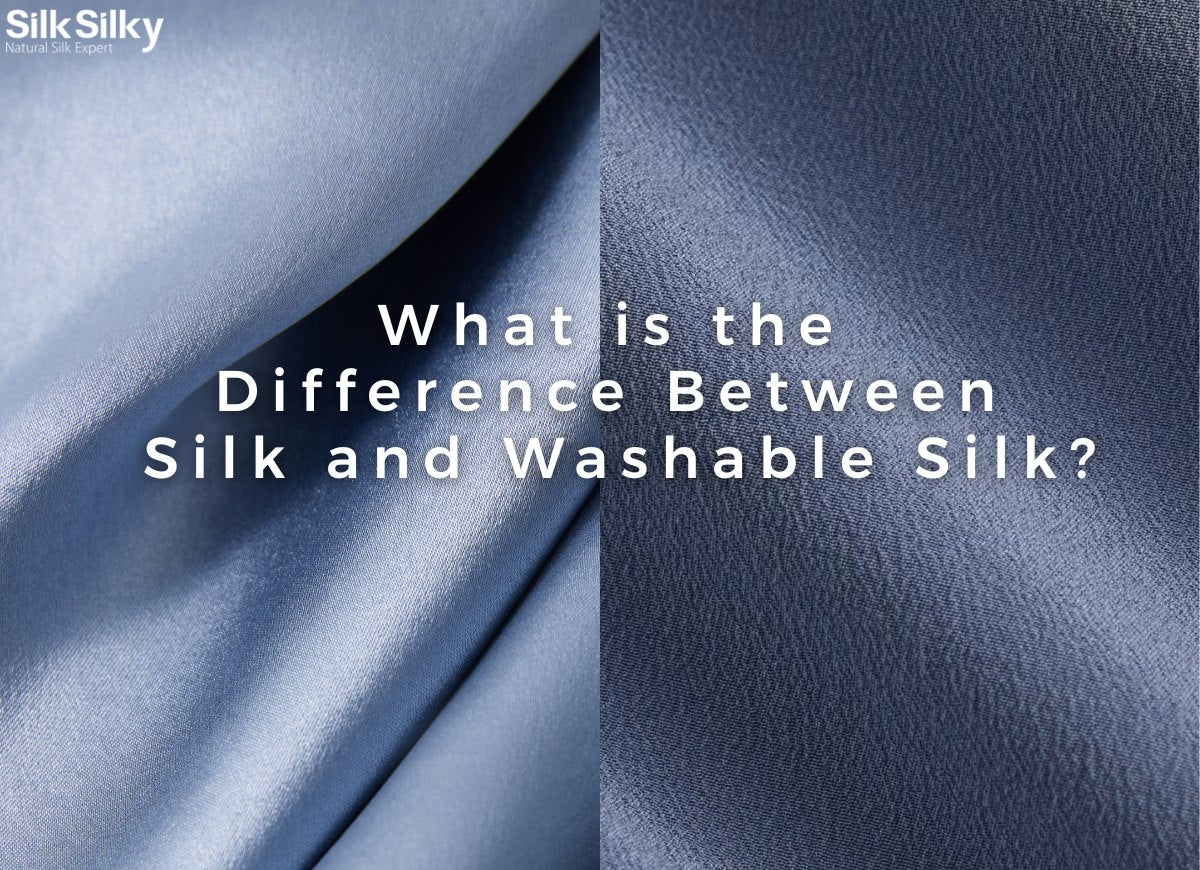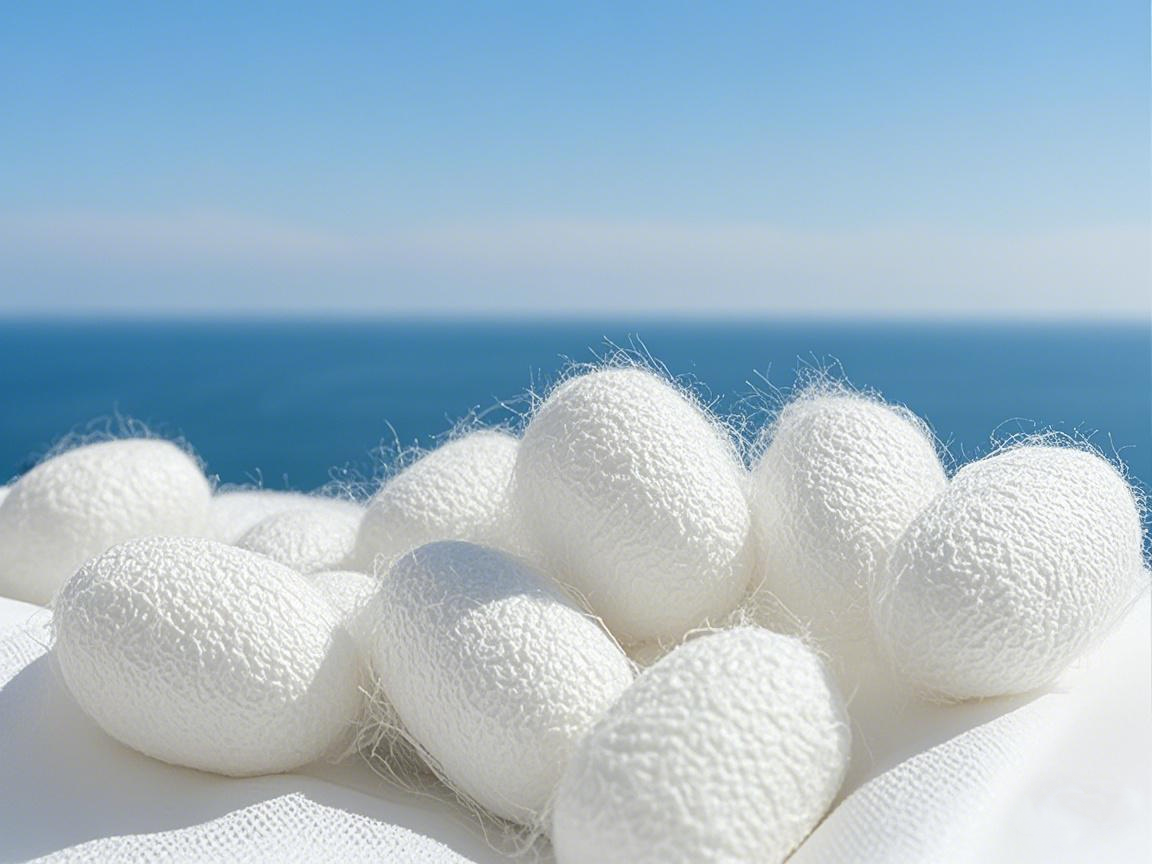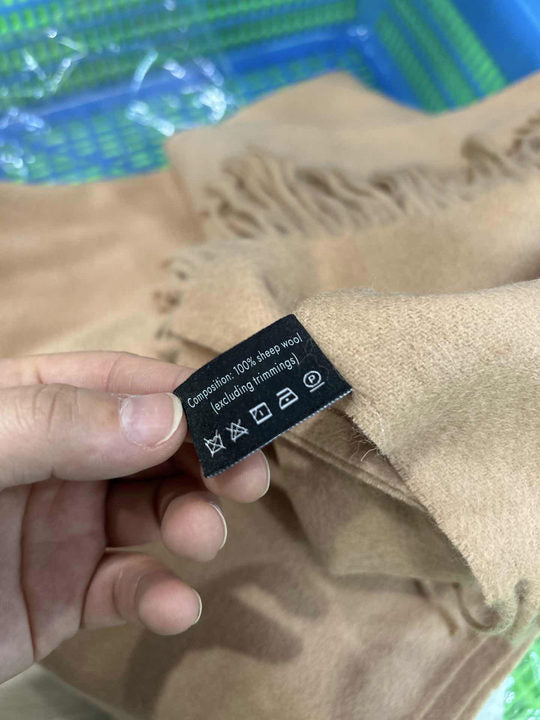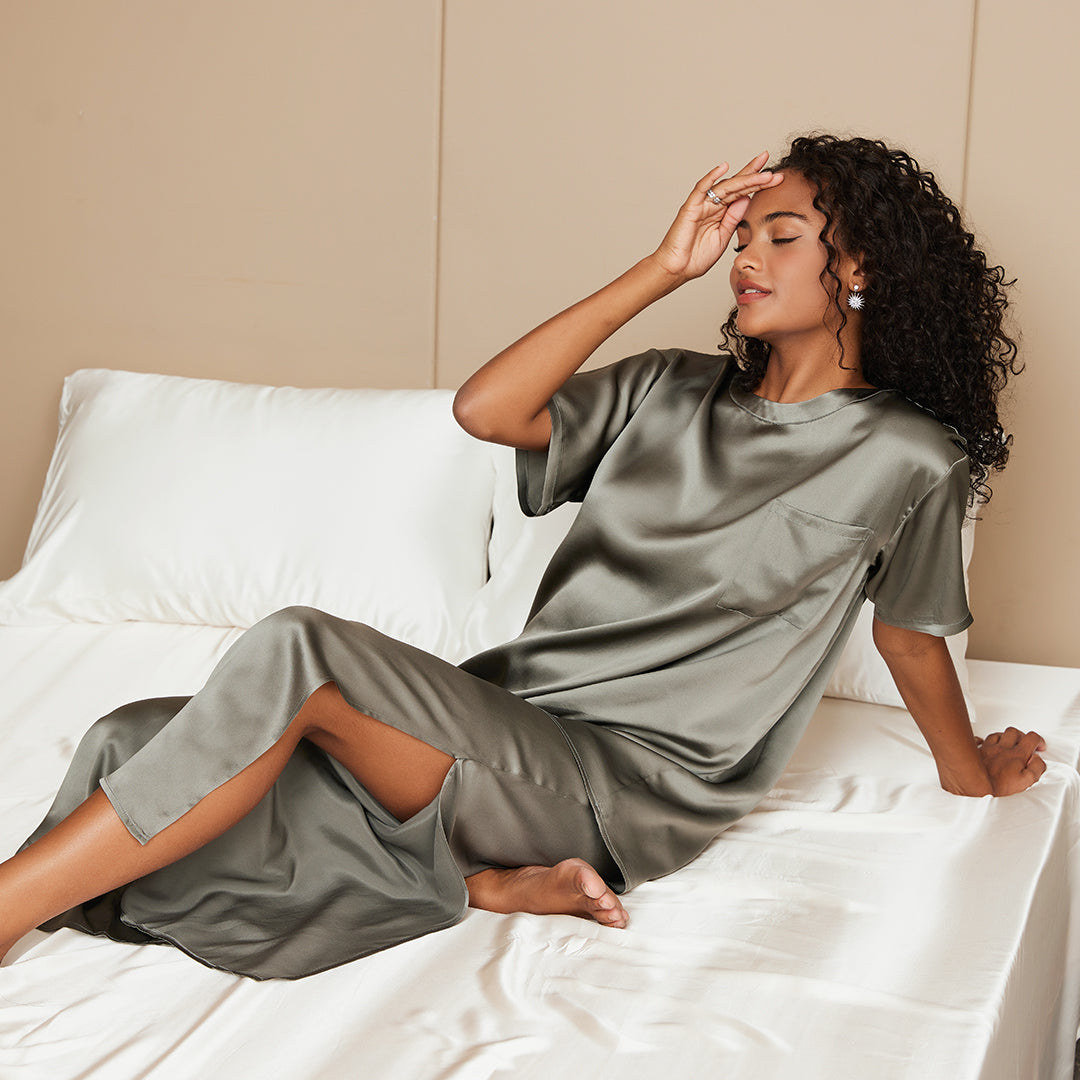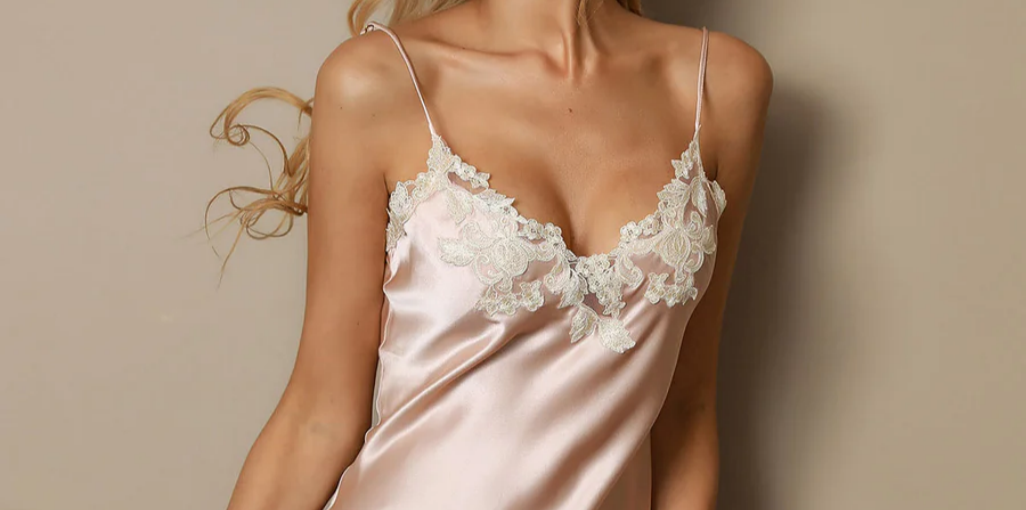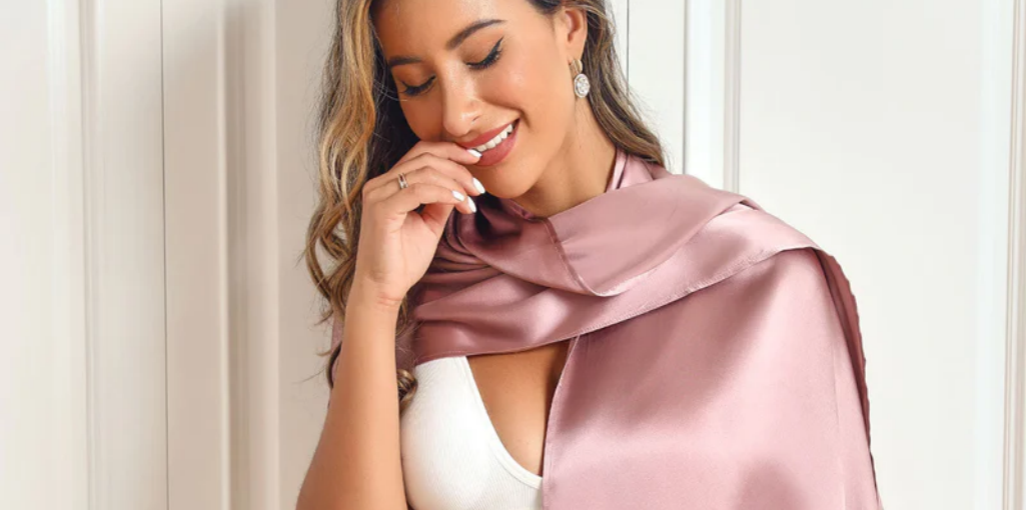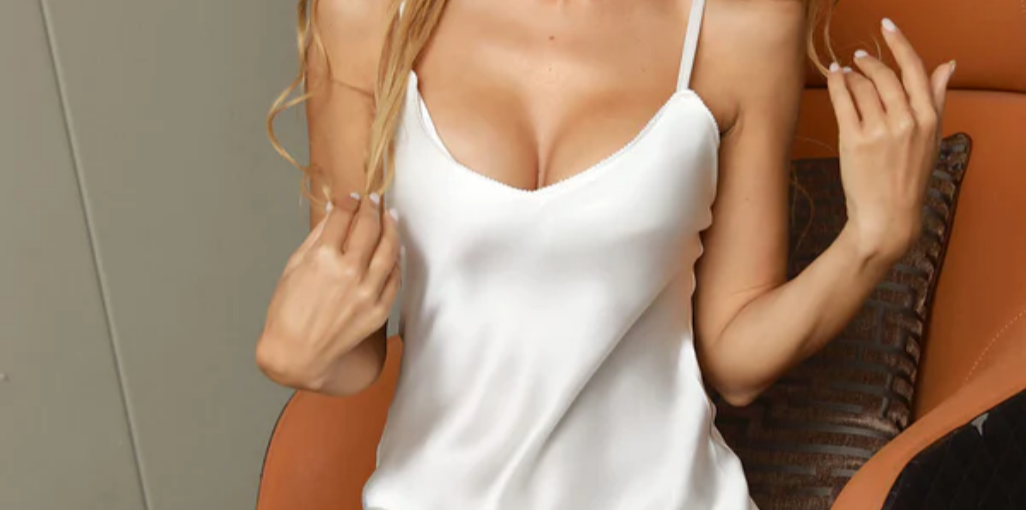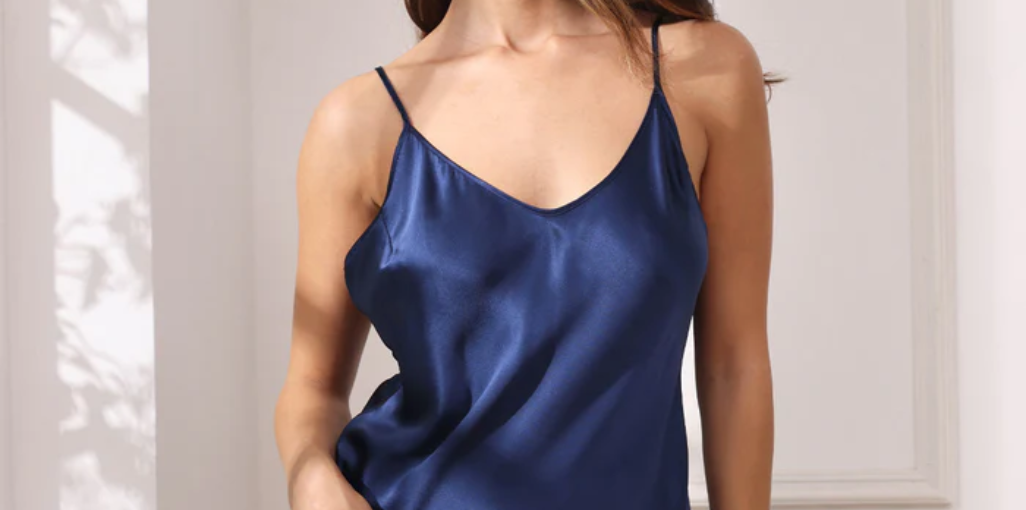Mulberry Silk Production, Morphology, Properties and Uses
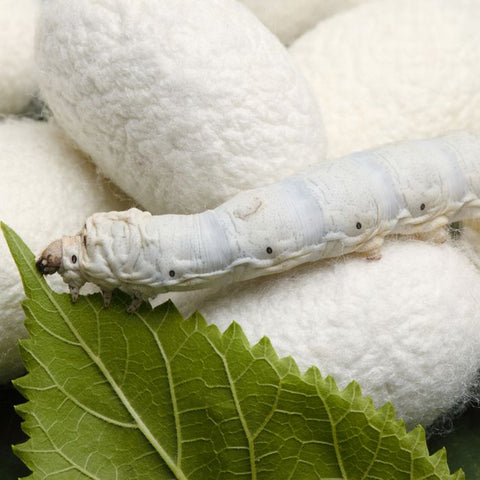
From its discovery, in about 2650 B. C., until today, silk has been known as the “queen of the fibers”. Japan and China are the word’s major sources of silk,although minor quantities come from India, Italy, and Korea.
Silk is a natural protein secreted by the larvae of several different moths. The two main categories are cultivated silk and wild silk or tussah. Cultivated silk is more lustrous and lighter in color than tussah. The luster of the fiber is affected by cross-sectional shape.
Fiber Production of Silk
To obtain silk, workers stifle the larvae and boil the cocoons in a carefully controlled bath to loosen the sericin coating. The end of the filament is brushed off the cocoon and, along with ends from one or two other cocoons, unwound. This process is known as reeling, The filaments are usually twisted to form a silk yarn of about 6 to 8 denier. The raw silk may now be used as is. However, it is generally thrown,or twisted, with two or three other yarns to form a heavier cord. This cord is what is used in cloth manufacture.
The sericin coating is generally removed after the yarn has been woven or knitted into cloth by a process known as degumming, in which the natural sericin is removed in hot, soapy water. Degummed, or soft silks are softer and more lustrous than the hard silk, which still retains its sericin coat.
Morphology of Silk
Under the microscope, raw silk is found to consist of a pair of fine filaments bonded by sericin gum. The bave, as the dual strand is called, is elliptical in cross-section. A longitudinal view reveals a rough, cracked surface containing many striations. The roughness is in the sericin layer. When degummed, the individual strands, or brins, are revealed as triangles with rounded points.
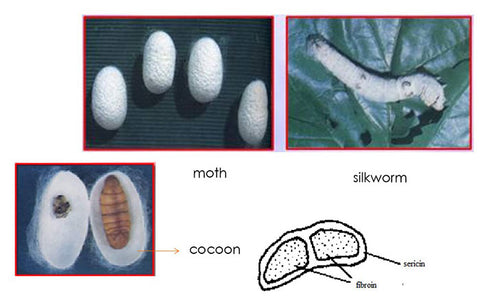
Properties of Silk
Cultivated silk is off-white to cream in color; and tussah silk is more likely to be tan to medium brown. Silk is one of the strongest natural fibers. Its dry tenacity is between 2. 4 and 5.1 g/d. It loses 15 to 20 percent strength when wet. The elongation at break of dry fibers is between 10 and 25 percent. Silk has average resiliency. Wrinkles and creases do not hang out as quickly or completely as in wool, because the silk fiber does not contain the cystine linkages, of wool. The standard moisture regain of silk is 11 percent. It is not quite as absorbent as wool but is more absorbent than other fibers. High absorbency makes the fiber comfortable to wear and easy to dye.
- It has a tenacity of 2.4 to 5.1 grams per denier when dry, wet strength is about 80 to 85 percent the dry strength.
- It has medium resiliency. Creases will hang out relatively well, but not so quickly or completely as for wool.
- It has a relatively high standard moisture regain of 11 percent.
- It has a poor resistance to sunlight exposure.
- The elastic property of silk is better than those of cotton or rayon but is not as good as wool’s. Like wool,silk absorbs moisture readily and can take up a third of its weight of water without feeling wet to the touch. It has a regain of 11.0%.
- Silk will withstand higher temperature than wool without decomposing. It will withstand a high temperature of 140ºC for prolonged periods. However, it will decompose at 175ºC.
- Silk is less readily damaged by alkali than wool and like wool it is also insoluble in common solvents.
- Learn more about Silk Properties & Benefits.
Mulberry silk
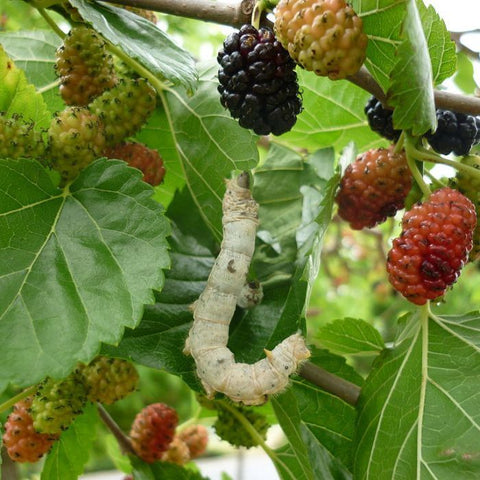
Mulberry silk is uniform and the purest of white and is considered the highest quality of all silk. Chinese silk, mulberry silk, comes from mulberry silkworms. Chinese feed worms with mulberry leave to produce the best silk and dye them.
Mulberry silk is hypoallergenic, can regulate your temperature, and fend off any sort of allergy microbe or odor-causing bacteria from your sheets. Please take care of this delicate fabric to enjoy it for years.
Luxury and comfort come at a cost. Silk is expensive. Check the “momme” measurement before purchasing it.
Momme Weight
Momme is the unit of measurement when describing the weight of silk. The higher the momme weight the heavier the fabric which means the more expensive your bed sheets will be. For silk bed sheets, look for higher momme silk. For sleepwear like robes or nightgowns, look for a lower momme.
22 momme silk bed sheets is the most popular choice. Never choose silk bed sheets without setting “momme” or “mm”.
There is no need to care about thread count since silk is measured in momme.
Silk vs. Sateen vs. Satin
| Silk | Satin | Sateen | |
| Origin |
|
|
|
|
Feature |
|
|
|
Different Types of Silk
| Mulberry Silk | Charmeuse | Tussah | Chiffon | Crepe de Chine | Organza |
|
|
|
|
|
|
End Uses of Silk
Silk is used for luxury apparel, household textiles, and medical sutures. It is popular in men’s neckties for its hand and drape. Silk apparel fabrics are available in a wide range of weights and constructions. The fiber is used alone and in blends with other fibers. Silk blends are usually made with spun yarns.
![[Pink] SilkSilky-AU Pure Silk Sleep Cap 001,](http://au.silksilky.com/cdn/shop/files/SilkSilky-AU_Pure_Silk_Sleep_Cap_Pink_001_C-250529006.jpg?v=1762222075&width=1200)
![[Pink] SilkSilky-AU Pure Silk Sleep Cap 002,](http://au.silksilky.com/cdn/shop/files/SilkSilky-AU_Pure_Silk_Sleep_Cap_Pink_002_C-250529006.jpg?v=1762222075&width=1200)
![[Light Blue] SilkSilky-AU Pure Silk Round Neck Camisole Set 001,](http://au.silksilky.com/cdn/shop/files/5e1ae4465dd028df60baace786d42632.jpg?v=1761813855&width=1200)
![[Light Blue] SilkSilky-AU Pure Silk Round Neck Camisole Set 002,](http://au.silksilky.com/cdn/shop/files/47584f0811efc799212e0bdae1fdd2f1.jpg?v=1761813856&width=1200)
![[Pink] SilkSilky-AU Pure Silk Sleep Cap 001,](http://au.silksilky.com/cdn/shop/files/Pink_SilkSilky-AU_Pure_Silk_Sleep_Cap_001_C-240914005_64.jpg?v=1762222383&width=1200)
![[Pink] SilkSilky-AU Pure Silk Sleep Cap 002,](http://au.silksilky.com/cdn/shop/files/Pink_SilkSilky-AU_Pure_Silk_Sleep_Cap_002_C-240914005_379.jpg?v=1762222383&width=1200)
![[White] SilkSilky-AU Pure Silk V Neck Nightgown 001,](http://au.silksilky.com/cdn/shop/files/a8ae95260a57844b1e2e00c4fcfabdcc.jpg?v=1764140126&width=1200)
![[White] SilkSilky-AU Pure Silk V Neck Nightgown 002,](http://au.silksilky.com/cdn/shop/files/24ac506750f8c38c51bb5b6d0ee15287.jpg?v=1764140129&width=1200)
![[White] SilkSilky-AU 25Momme Pure Silk Bedding Set 001,](http://au.silksilky.com/cdn/shop/files/b5138432e51b4f33717db24cef21c78a.jpg?v=1763949610&width=1200)
![[White] SilkSilky-AU 25Momme Pure Silk Bedding Set 002,](http://au.silksilky.com/cdn/shop/files/9683beac833505e3e2631b0bc63803bc.jpg?v=1763949610&width=1200)
